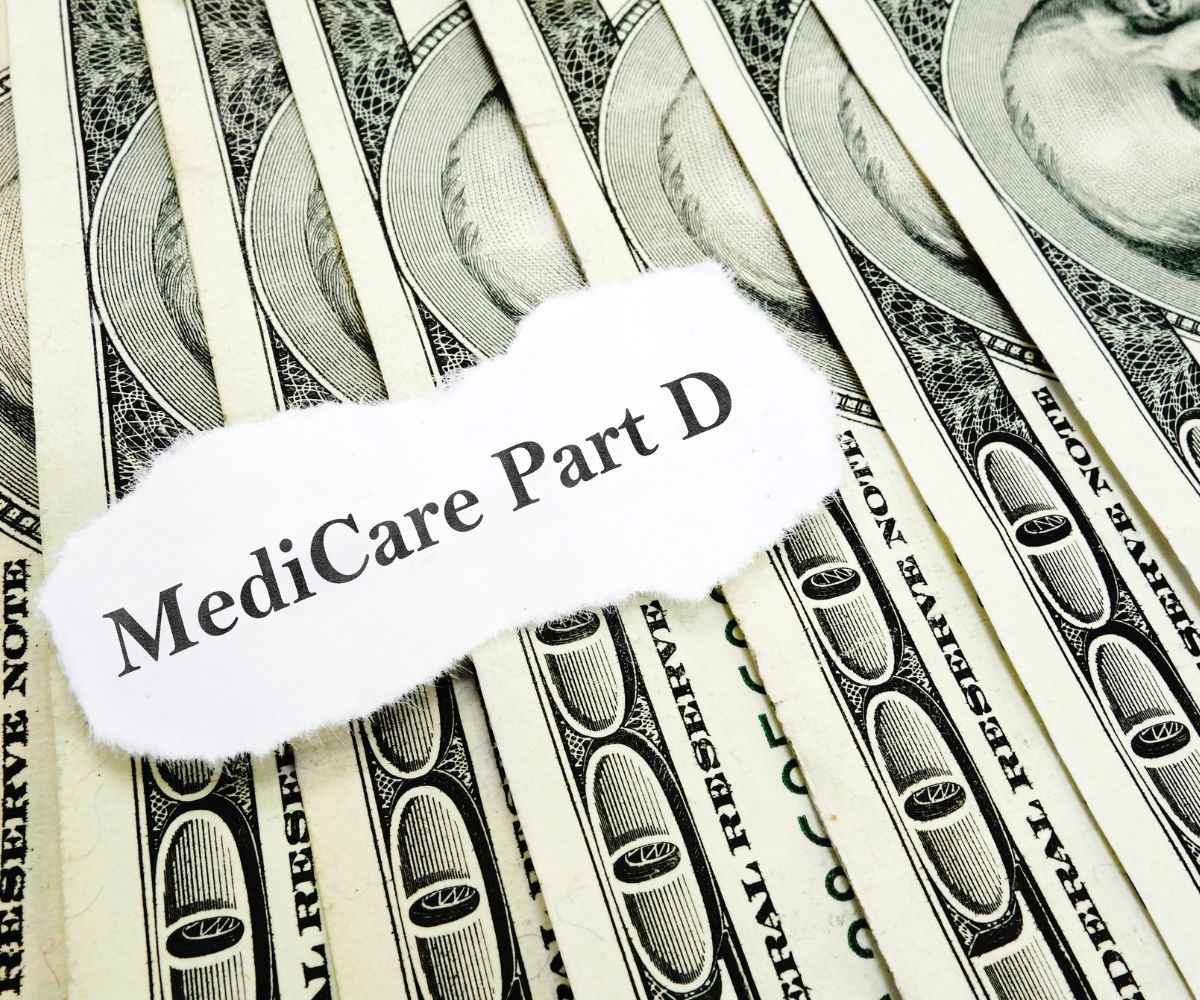Just about everyone has heard of Medicare and Medicaid, however, not everyone fully understands just what they are, and the difference between the two. It is important to note that while the names might sound alike, they are completely different programs. While Medicaid is funded by social security tax contributions and is offered to those who meet certain income requirements, Medicare is available to most people who meet the age requirements, and is not based on income.
Both programs are beneficial to millions of people in the United States, and everyone must understand the difference between them. They are two very separate programs and each one has different offerings and eligibility requirements.
What is Medicare?
Medicare is United States government health insurance for those who are aged 65 and older. It can also cover people under 65 who have certain disabilities, and patients with end-stage renal disease. The program consists of 4 parts – Medicare Part A, Part B, Part C, and Part D for prescription drugs. Part C is also called Medicare Advantage. In order to enroll, a person needs to have contributed to the Medicare system. Those who receive Social Security benefits automatically receive Medicare as well, while those who don’t will have to enroll in the program.
It is important to know what the different parts of the program cover. Part A is hospital insurance, covering inpatient care, nursing homes, home care, and hospice care. Part B helps to cover outpatient care, doctor visits, certain medical equipment, and preventative care such as screenings or vaccines. Part C is known as Medicare Advantage, or Medicare Health Plans. Part D helps patients to cover the cost of prescription drugs, and patients join a medical drug plan or a Medicare Advantage plan with drug coverage.
Patients have the option to choose between Original Medicare and Medicare Advantage. The main difference between the two is that Original Medicare is a federal health insurance program while Medicare Advantage is offered through private companies. While the Advantage plan covers all services offered in the Original plan, it may also cover additional services including routine dental, vision, and hearing, as well as fitness programs and over the counter drugs. While there is no maximum out-of-pocket cost guarantee with Original Medicare, Advantage plans have a yearly limit on out-of-pocket costs for medical services, after which members pay nothing for covered services for the rest of the plan year. In addition, those enrolled in Original Medicare can see any doctor they choose, while those with Medicare Advantage require visits to doctors in-network.
Medicare Part A is free for most people enrolled if they or their spouse paid Medicare taxes for a certain amount of time before retirement. This is often referred to as “premium-free Part A”, but those who don’t qualify don’t need to worry. They can choose to pay for Part A and will incur a monthly premium. However, everyone pays for Part B.
What is Medicaid, and how is it different from Medicare?
Medicaid is a need-based state program that provides coverage to those who are eligible. While the programs are run by each state, the federal government has rules that must be followed. The federal government also provides at least 50% of the funding for their Medicaid requirements.
The program serves a number of people, including pregnant women who are low-income, children and parents with low income, foster children, low income seniors, and those with disabilities. The program serves more than 90 million people in the United States, and is available to those who fit into an eligibility group that is recognized by federal and state law.
A person or families can receive benefits as long as they remain eligible under state and federal guidelines. Whenever someone enrolled in the program either changes jobs or moves to a different state, it must be reported within a certain time period. Those receiving benefits need to keep in mind that they cannot visit any doctor they choose – they must see a provider who takes the Medicaid coverage.
Unlike most private health insurance, those enrolled in the Medicaid program aren’t usually charged a monthly premium or a fee for services, and it is important to know that a person can be enrolled in Medicare and Medicaid at the same time which is referred to as being dually eligible. Medicaid can help to cover services that Medicare does not, and can also assist with out-of-pocket costs including deductibles and co-payments. Typically, Medicare pays first, with Medicaid covering the remaining cost-sharing.
Those with incomes over their state’s eligibility requirements who still need assistance may be eligible for a Medicaid Spend-Down Program or medically needy program that is offered in some states. This allows those who receive the benefits to deduct medical expenses from their income so that they qualify for their state’s Medicaid Program.

